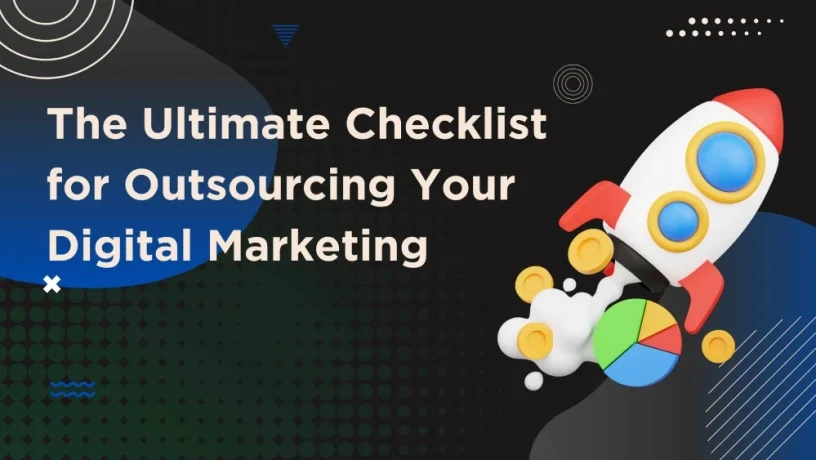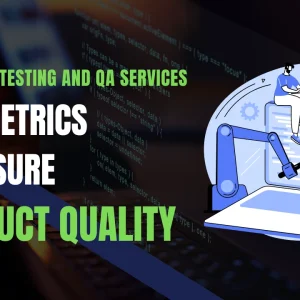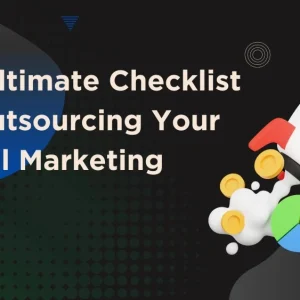The Ultimate Checklist for Outsourcing Your Digital Marketing
The competition for consumers’ attention has never been tougher. Businesses in the past had limited choices for marketing their goods: a radio jingle (just like one with Dettol), a print advertisement, and perhaps a billboard. Now, the online explosion has led to an environment in which there are more ways to promote your message than ever before.With the never-ending need for a 3rd party, it can be hard for businesses to look for the best outsourcing partner to help them satisfy their needs. The choices are endless, but the qualified ones are too broad to narrow down. There will always be a way to escape this type of stress. To help you filter out the best partner, here is the ultimate checklist you should know for when you are looking for the best outsourcing digital marketing partner for your business. What Does Outsourcing Digital Marketing Mean? Hiring a third-party specialist to help firms sell their brands online is known as outsourcing digital marketing. This plan is done of finding and maintaining an in-house team, you leverage an expert digital marketing agency to help you meet your online marketing objectives.A good agency will learn about your business and develop effective strategies to assist you in meeting your goals. Why Consider Outsourcing Digital Marketing? The Benefits of Outsourcing Digital Marketing Before diving into the “how,” let’s understand the compelling reasons why businesses choose to hire out marketing. The benefits of outsourcing digital marketing are numerous and can significantly impact your bottom line: Access to Specialized Skills: Digital marketing is enormous and constantly developing. There are a lot of specialties in this career that require specialists to stay on the edge of all the trends, algorithms, and technologies. Outsourcing means you now have access to expertise available in the areas of SEO, PPC, social media, content marketing, email marketing, and more, without the arduous training and hiring cycle. Cost savings: Once you develop and build your in-house digital marketing team, you have just opened yourself to enormous investment costs: salaries, benefits, office space, software licensing, and training for your personnel. With outsourcing, you will pay for what you need and when you need it, all for a lower cost and without the overhead. Greater Efficiency and Focus: By outsourcing your digital marketing functions, your internal team can focus on running your operating activities, which leads to increased productivity and efficiency to support the business. How to Outsource Digital Marketing: Your Step-by-Step Guide Successfully outsourcing your digital marketing requires a structured approach. Here’s how to outsource digital marketing effectively: 1. Define Your Digital Marketing Needs and Goals Before you even think about looking for an agency, you need to have a crystal-clear understanding of what you want to achieve. What are your current marketing challenges? Are you struggling with lead generation, brand awareness, website traffic, or conversions? What specific digital marketing services do you need? Do you require SEO, content creation, social media management, paid advertising, email marketing, or a comprehensive strategy? What are your measurable goals? Be specific. Do you want to increase website traffic by X% in Y months? Generate Z leads per month? Improve conversion rates by A%? What is your budget? Having a realistic budget in mind will help you narrow down your options and find agencies that align with your financial capabilities. 2. Research and Vetting Potential Agencies This is a critical step in your Outsource Marketing Guide. Don’t just pick the first agency you find. Thorough research is essential. Look for Agencies with Relevant Experience: Seek out agencies that have a proven track record in your industry or with businesses of a similar size. Look at their case studies and client testimonials. Check Their Portfolio: Review their past work to assess the quality and creativity of their campaigns. Evaluate Their Expertise: Do they specialize in the services you need? Are their team members certified in relevant platforms (e.g., Google Ads, HubSpot)? Read Reviews and Testimonials: Look for reviews on independent platforms and reach out to their past clients for direct feedback. 3. Request Proposals and Compare Them Carefully Once you have a shortlist of agencies, request detailed proposals. Be sure that the proposals relate to what you need specifically: Do they detail how the proposals will help you achieve success with your set goals? Compare pricing models: How do they price themselves (hourly, project-fee, or retainer)? What is included in terms of expenses/fees? Beware if their prices seem unusually cheap, this could mean they do not provide the quality service you would expect, or there might be hidden charges! Identify a clear strategy: Does their proposal reflect an understanding of your business? Does it express an understanding of your target audience? Is there a clear execution plan? Consider how they plan to report and track the results of your campaigns. What tools and metrics do they use? Are they industry standard? 4. Conduct Interviews and Assess Cultural Fit The best proposals in the world won’t matter if you don’t have a good working relationship with the agency. Interview Key Team Members: Talk to the individuals who will be directly working on your account. Assess Their Understanding of Your Business: Do they grasp your brand values, target audience, and competitive landscape? Discuss Communication Protocols: How often will you communicate? What channels will be used? Gauge Their Proactiveness and Problem-Solving Skills: Do they offer innovative solutions or simply follow instructions? 5. Start Small (If Possible) and Set Clear Expectations If you’re not ready for a big commitment, consider doing a smaller, short-term project to see how it goes. Pilot Project: Select a single campaign or a limited subset of services to see how things go and how we work together. Establish Key Performance Indicators (KPIs): Define what metrics you’ll use to evaluate success upfront. Set Communication Cadence: Make sure to discuss how often you’ll check in, how often you’ll report on progress, and how you’ll communicate. 6. Implement a Robust Reporting and Feedback Loop Over the long term, the




